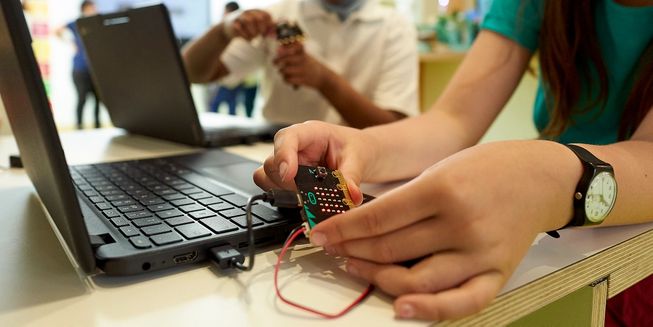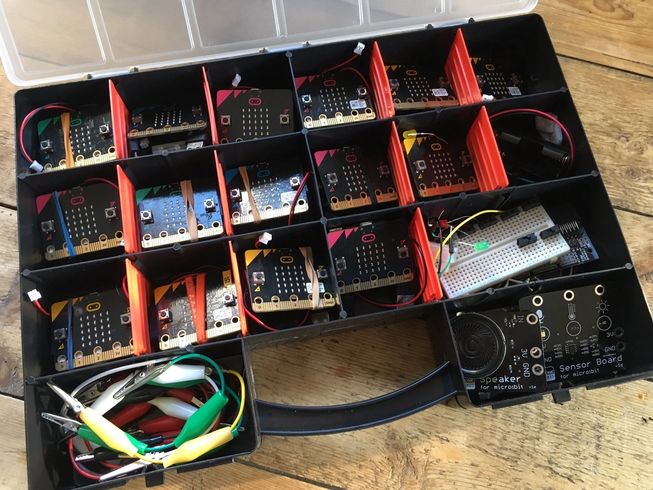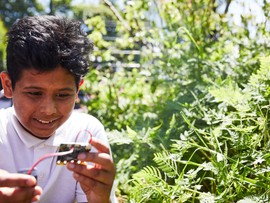Planning safe teaching with the micro:bit

Teachers across the world are adapting and becoming even more flexible than ever in delivering learning in a mixture of online and face-to-face lessons.
We’ve gathered tips to help you plan how to use micro:bits safely in the wake of the COVID-19 pandemic.
Pupils learning at home
If you can, consider letting students take micro:bits home.
You can set homework assignments by creating starter code projects with instructions built-in which you can share using email or your school’s VLE, or you can deliver live remote coding lessons in MakeCode blocks or Python with micro:bit classroom.
See our remote teaching guide for more more details.
Learning without micro:bit boards
Remember there’s a lot your students can do in the MakeCode simulator if you’re unable to send physical micro:bits home with students or just want to limit physical contact in class. This also works in micro:bit classroom.
Cleaning guide
Remember the micro:bit is a circuit board covered in tiny electronic components. Our cleaning guide has more information on how to disinfect it safely.

Get organised
Number your micro:bits to make it easier assign the same device in school to each student. If you don't have a labelling machine, masking tape in the corner is a quick and easy alternative.
Cases make micro:bits easier to clean. If cases are too expensive, check out this ingenious use of plastic bags to protect the board - and the user!
Our storage guide is full of great tips and ideas from classrooms around the world, including some ingenious and inexpensive ways to keep your micro:bits tidy and ready for learning.
Keep safe
Our general safety guide provides more general tips for using, handling and storing your micro:bits.


